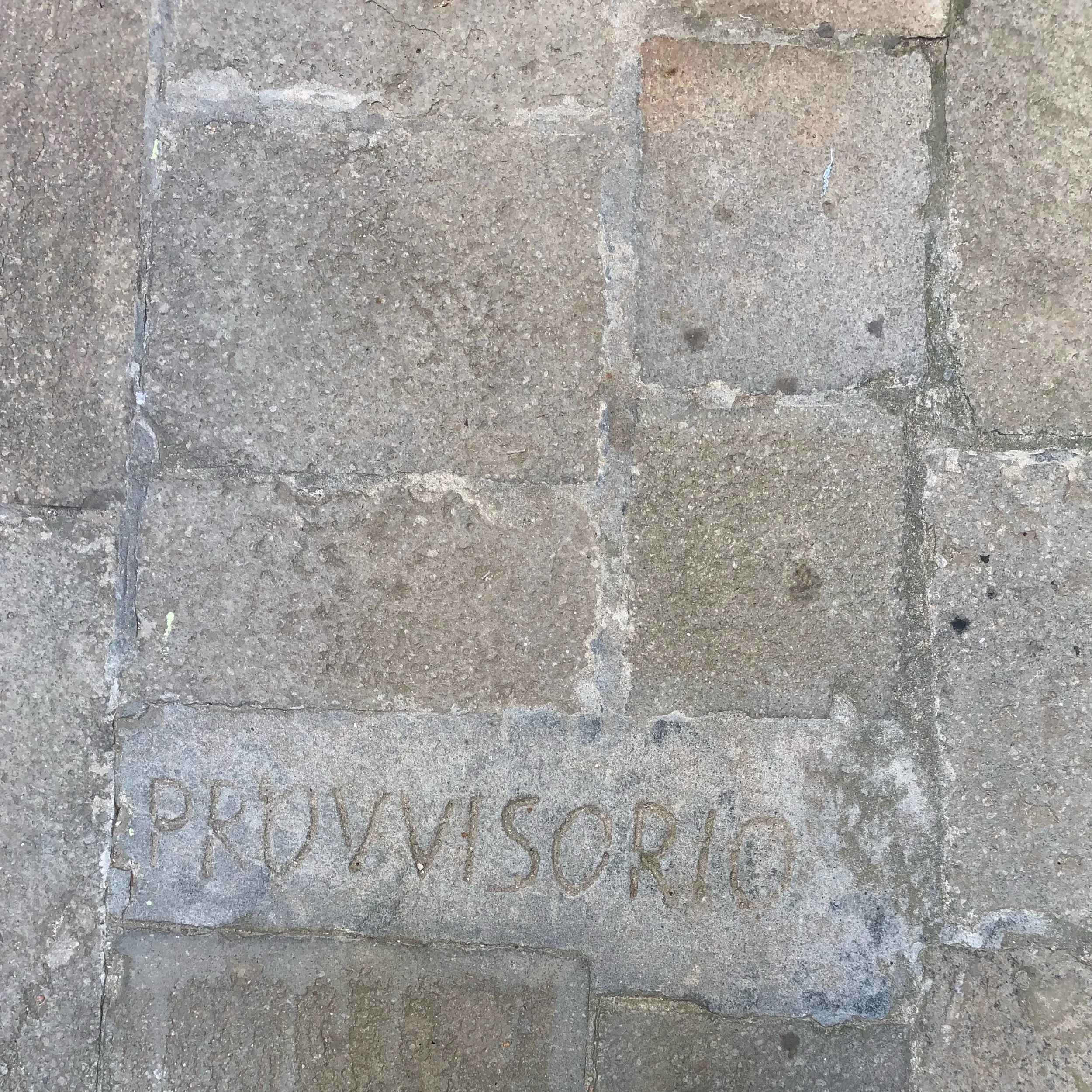Reflecting on Degrowth and “The Trouble with Truth and Sincerity in Architecture”
Ilinca Pop’s piece for PLAT 9.0, “The Trouble with Truth and Sincerity in Architecture,” discussed the evolution of the words "truth" and "sincerity" and their changing significance in relation to understanding architectural discourse. In 10.5, Pop considers the potential for degrowth in architecture.
An Instagram post pictures the 18th century Episcopal Palace in Lugo with the caption “When we knew how to build cities, with space and material.” The one-point perspective reveals an intimate space, a few steps higher than the surrounding square, paved in natural stone. The vertical plan, a Spanish Baroque façade, creates the impression of a seamless enclosure. A comment remarks a less self-centered approach that is not driven by capitalistic interests. Although leaving out the authorities and interests of the 18th century, the exchange entails a relevant critical stance: new meaningful public spaces are scarce because they do not serve neoliberal economy. Such spaces could still “tell a truth”, a quality which theorist Saskia Sassen notes the global city has lost, being out of touch with its material dimension. She also suggests that, without people, materiality is devoid of meaning. Within growth logic, the people’s right to quality public and private space is an aspiration, not a given. Instead of supporting growth by dealing with less than what is needed, degrowth firstly entails starting from the available resources. The material dimension is crucial to this. In 2019, the Oslo Triennale curators have asked architects to let go of things such as ‘truth to materials’, pointing to the environmental impact of concrete. But an actual “Architecture of Degrowth” requires truthfulness to the material. This kind of ‘truth’ does not project back onto the world a plethora of moral justifications; instead, it is perhaps synonymous with the knowledge of how to build cities with space and material, which could be gained back.





